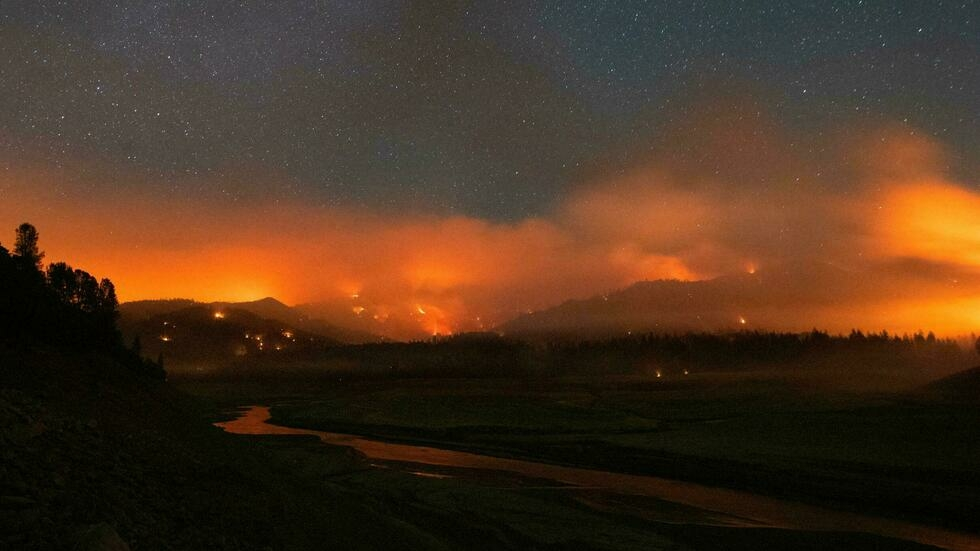The world’s main central banks were seen as saviors of the global economy in the wake of the 2008 financial crisis and when the coronavirus pandemic hit last year, but they are less than unified when it comes to addressing climate change.
Why are they involved?
The start of central bank involvement in climate action is sometimes attributed to a 2015 speech by the Bank of England’s (BOE) then-governor Mark Carney entitled “Breaking the tragedy of the horizon — climate change and financial stability.”
While not directly involved in addressing global warming, central banks do have to be alert to its impact on the economy and the financial system.
Amid increasing public concern, the institutions are factoring considerations about climate into their policies and watching for threats to their main mandate for price stability, implications for banking supervision and economic growth more broadly.
What can they do?
One tool at their disposal are bank stress tests, which can gauge how financial institutions would hold up in the face of climate shocks.
While the European Central Bank (ECB) has only just launched a climate stress test initiative, the Bank of France by May had already examined nine banking groups and 15 insurance companies, revealing a moderate risk for these establishments.
The ECB also could take climate risk into consideration when buying corporate bonds or accepting those used for collateral, giving preference to assets of firms not involved in polluting activities.
The People’s Bank of China also is considering climate stress tests, while the BOE started in June, reviewing banks such as HSBC and Barclays. It also should announce before the end of the year its program of greening its asset buybacks.
Many central banks have joined the Network of Central Banks and Supervisors for Greening the Financial System (NGFS), which currently comprises 95 central banks and regulators, including those in China, India and Brazil.
Another member, the Bank of Japan (BOJ), in June offered zero-interest financing to lending institutions that fund environmental projects. The BOJ also will buy green bonds denominated in foreign currency.
In the United States, the Federal Reserve has been wading into the issue, but Chair Jerome Powell said in June that “climate change is not something that we directly consider in setting monetary policy.”
However, “climate-related financial risk” is in its purview, he said, so the Fed is looking at the implications for bank supervision and regulation of the US financial system.
Mary Daly, president of the Fed’s San Francisco branch, explained that the central bank “does not have the tools or nor is it the appropriate body to think about climate change and mitigating climate change.”
But “we are absolutely involved in thinking about climate risk” including issues like how severe weather, fires and hurricanes can impact property values and the ability to get insurance, as well as how those could affect economic growth.
Are they acting with sufficient urgency?
Actions so far have been “fast and slow,” said Eric Dor, director of economic studies at the IESEG School of Management in France.
While there is no shortage of ideas, “putting them into practice is very complex, you have to convince many stakeholders,” he said.
But whether that means imposing financial constraints on institutions during stress tests, or the selection of green assets to buy, “you have to be progressive.”
Central bankers of the richest nations are urging governments to take the lead in addressing climate issues, as they did in the two most recent economic crises.
“It is governments, not central banks, who are primarily responsible for facilitating an orderly transition, and who control the main required tools,” ECB President Christine Lagarde said in July.
Romain Svartzman, economist at the Bank of France and co-author of a report entitled “The Green Swan” which examines the climate risks to the financial system, says central banks have a role to play, “but trying to solve it on their own will get nowhere.”
“There is no point in a central bank moving on its own in a country where the government does nothing, and vice versa.”








